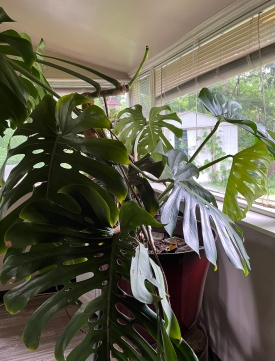Welcome to the RCHP Exhibit! Here you will find the objects and stories shared with the project, which celebrates everyday life and heritage from our communities across the USA.
As you view the exhibit, consider the following questions to think like an archaeologist:
- What does this object tell you about the person behind it?
- What type of objects are represented here? What are they made of? How are they used? How old are they?
- What is one thing you have learned by looking at these objects and reading their stories?
- If you could ask a question about one of these objects, what would it be?
To participate in the project or Meghan Dudley's research, visit RCHP's homepage for more information.





















